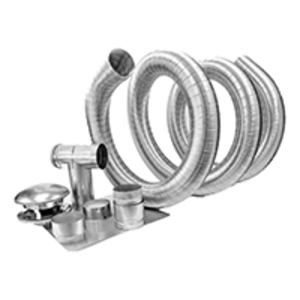In the world of HVAC (Heating, Ventilation, and Air Conditioning), the significance of efficient ductwork cannot be overstated. Two crucial components that play a pivotal role in optimizing ventilation and efficiency are Duct Registers and Duct Chimney Liners. In this comprehensive guest post, we will delve into the importance of these components and how they […]

